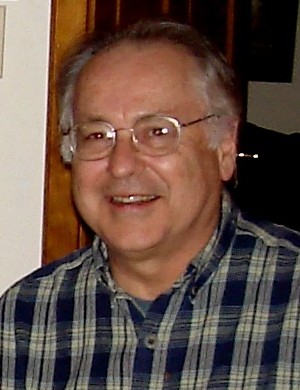The Neutron: Modeled as a Fieldstructure
Year: 2011 Pages: 9
Keywords: Structure, Particle creation, EM causation hierarchy, atomic structure, particle structure
Field Structure Theory (FST) postulates a plenum composed of chiral loops that when brought together properly weave loops of action together to form waves of energy. To tell the story of the neutron, it is necessary to show how a neutron arises from wave energy in the plenum. FST shows how waves arise, interact to form particles, atoms, molecules and etc. Form and structure in nature can be shown to be fractal hierarchical iterations that follow simple rules of loop association to produce the platforms of reality, i.e., wave, particle, atom, molecule, etc. With chiral loops of action that interact to become chiral energy loops, that interact to become bound stand-alone three-dimensional particles, the neutron is seen as the seventh iteration of this fractal hierarchy. FST further shows that the neutron is made from plenum field energy before the proton and electron are made. The proton and electron arise when the neutron deploys its energy, in a process ill-named as ?decay?. When the neutron deploys (decays) at or near absolute zero temperature, the kinetic energy of the electron is sufficiently low as to allow the proton to capture it and form hydrogen. This should be laboratory testable. This could only occur in a sun and indicates the core of the sun is at or near absolute zero. This process cannot be shown or justified within the limitations of the Standard Model but can be by considering the structural mechanisms of Field Structure Theory and the topological mechanics of Structural Skew Topology. What is not being told in this story is the mechanics of how loops are made to interact to produce the particles. This information is proprietary. What is being shown are the beginning states and end-states, but not the transitional states of the chiral energy rings.


